Dahila
Well-Known Member
I finished my Emulsified Sugar Scrub, scented with Be Delicious Blossom.............I do not want to brag about it,...............well I deserve to brag about it. I just want to show the real emulsified sugar scrub so , I took a pic of two of it









